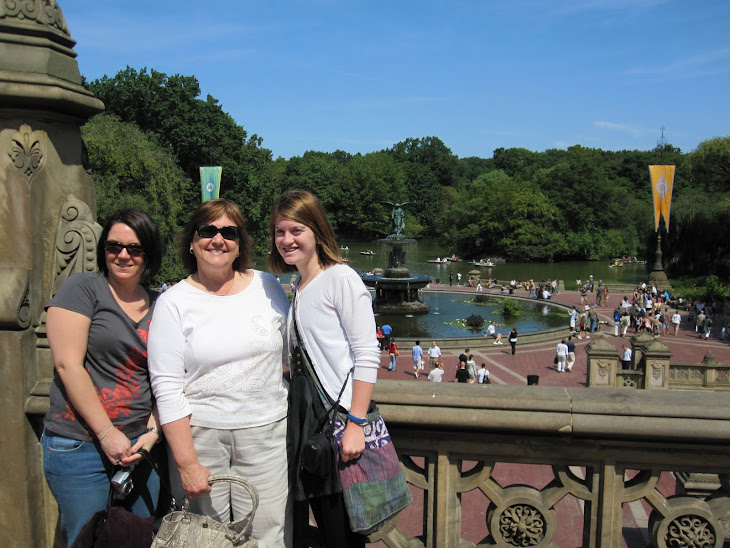




 Final meetings with the graduates and the newest students. They have an afternoon conference, and requested the topic of “protecting the environment.” Right up Floyd’s alley, he jumped into an explanation of the key pillars of sustainability, and challenged the students to come up with ways they could reduce/reuse/recycle. He holds up a plastic bottle. “What are all the ways you could reuse this bottle?” One student starts with “you can make a child’s toy out of it...” and then the room erupts into one creative idea after another. After 45 minutes, we release them, but they refuse to go, huddling around Floyd, asking question after question. I tell him afterward that he’s made a real difference, and these students will remember him. Cool beans. Stay tuned.
Final meetings with the graduates and the newest students. They have an afternoon conference, and requested the topic of “protecting the environment.” Right up Floyd’s alley, he jumped into an explanation of the key pillars of sustainability, and challenged the students to come up with ways they could reduce/reuse/recycle. He holds up a plastic bottle. “What are all the ways you could reuse this bottle?” One student starts with “you can make a child’s toy out of it...” and then the room erupts into one creative idea after another. After 45 minutes, we release them, but they refuse to go, huddling around Floyd, asking question after question. I tell him afterward that he’s made a real difference, and these students will remember him. Cool beans. Stay tuned.

 Today — visits to maternity units to assess need for a mother-baby health certificate. Roseanne — pictured with me here — is the head midwife in a busy maternity unit. As a result of her clinic’s public health efforts, nearly 98% of women deliver in a facility and mortality rates have dropped dramatically. So far this year, 4 neonatal deaths and one maternal death — a quarter of what it was a year ago. The facilities are spare but clean. In discussion about an appropriate curriculum, the differences quickly become apparent. Roseanne tells me one of their biggest challenges is dealing with the amount of scar tissue that Somalian women present with due to genital mutilation; sometimes, she says, it is so thick the baby can’t be delivered without surgery. She speaks of the challenges of blending cultural traditions with modern healthcare. Some of the women refuse to wash the baby after birth, instead insisting on covering them in oil. Others believe they cannot breastfeed until they are blessed by a shaman, who may not visit for several days after birth. The first product of breast-feeding, when the most immunity is passed to the baby, is often drank by the husband. (I’m trying to be culturally sensitive here, but ick...). She is excited by the prospect of having trained public health workers who can support the work she is doing in the maternity ward. “They need to be custodians of their health,” she says, “but they need someone to walk with them. This isn’t just about births; it’s about having healthy futures for all our children.” She then asks me if I want to look at her “indicators,” the statistics about complications, birth outcomes, and volumes. Hence — the data come first in this post. I’m impressed, and I admire her passion and the outcomes she’s achieved. I tell her so, and she blushes. Stay tuned.
Today — visits to maternity units to assess need for a mother-baby health certificate. Roseanne — pictured with me here — is the head midwife in a busy maternity unit. As a result of her clinic’s public health efforts, nearly 98% of women deliver in a facility and mortality rates have dropped dramatically. So far this year, 4 neonatal deaths and one maternal death — a quarter of what it was a year ago. The facilities are spare but clean. In discussion about an appropriate curriculum, the differences quickly become apparent. Roseanne tells me one of their biggest challenges is dealing with the amount of scar tissue that Somalian women present with due to genital mutilation; sometimes, she says, it is so thick the baby can’t be delivered without surgery. She speaks of the challenges of blending cultural traditions with modern healthcare. Some of the women refuse to wash the baby after birth, instead insisting on covering them in oil. Others believe they cannot breastfeed until they are blessed by a shaman, who may not visit for several days after birth. The first product of breast-feeding, when the most immunity is passed to the baby, is often drank by the husband. (I’m trying to be culturally sensitive here, but ick...). She is excited by the prospect of having trained public health workers who can support the work she is doing in the maternity ward. “They need to be custodians of their health,” she says, “but they need someone to walk with them. This isn’t just about births; it’s about having healthy futures for all our children.” She then asks me if I want to look at her “indicators,” the statistics about complications, birth outcomes, and volumes. Hence — the data come first in this post. I’m impressed, and I admire her passion and the outcomes she’s achieved. I tell her so, and she blushes. Stay tuned.





